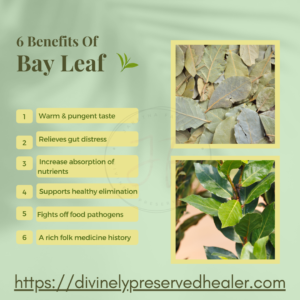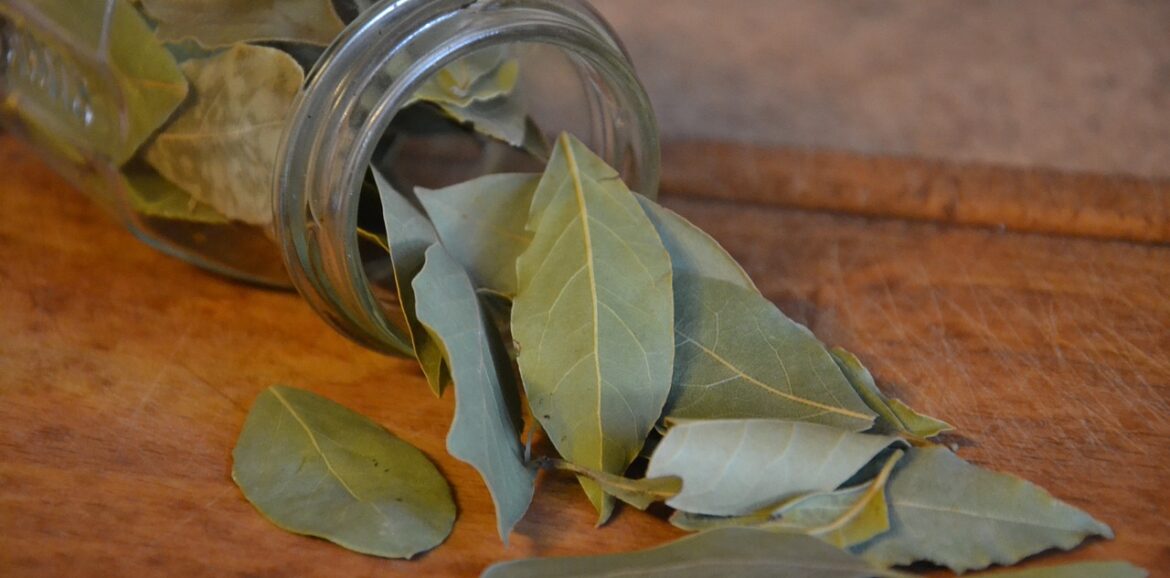 Commonly depicted as a meshed-together head ornament or wreath worn by the victors in ancient Greek games, BAY LEAF comes from the Laurus nobilis shrub/tree and is native to the Mediterranean. Depending on the climate, its leaves are typically available year-round.
Commonly depicted as a meshed-together head ornament or wreath worn by the victors in ancient Greek games, BAY LEAF comes from the Laurus nobilis shrub/tree and is native to the Mediterranean. Depending on the climate, its leaves are typically available year-round.
Based used at the start of cooking, this aromatic and warming leaf works wonders for drawing nutrients from our food, relieving severe digestive distress, and supporting healthy elimination. Cook with bay leaves, but always remove them before serving your dish. Even if you forget to cook with them, drinking a cup of (drained) bay leaf tea and walking (or some other general movements) can also bring some digestive relief.
Holistically speaking, a few of its beneficial qualities include:
- Relieves gut distress
- Fights off food pathogens
- Supports healthy elimination
- Increases absorption of nutrients
Its folk medicine uses include treating “against rheumatism, cough, cardiac diseases, viral infections, diarrhea, etc., and as a general gastric secretion stimulant, carminative, diaphoretic, and antiseptic.”1https://journals.sagepub.com/doi/pdf/10.1177/1934578X1701200519#:~:text=Furthermore%2C%20leaves%20and%20fruits%20of,diaphoretic%20and%20antiseptic%20%5B5%5D.
PROPERTIES: anthelmintic, antibacterial, antifungal, astringent, carminative, emmenagogue, expectorant, rubefacient
SOURCES:
McBride, K. (2019). The Herbal Kitchen. Newburyport, MA: Red Barren.
Webb., M. A. & Craze, R. (2000). The Herb & Spice Companion. New York: Metro Books.
